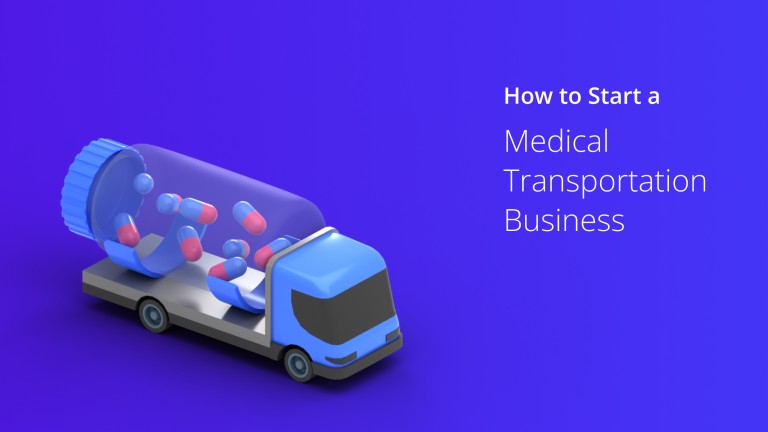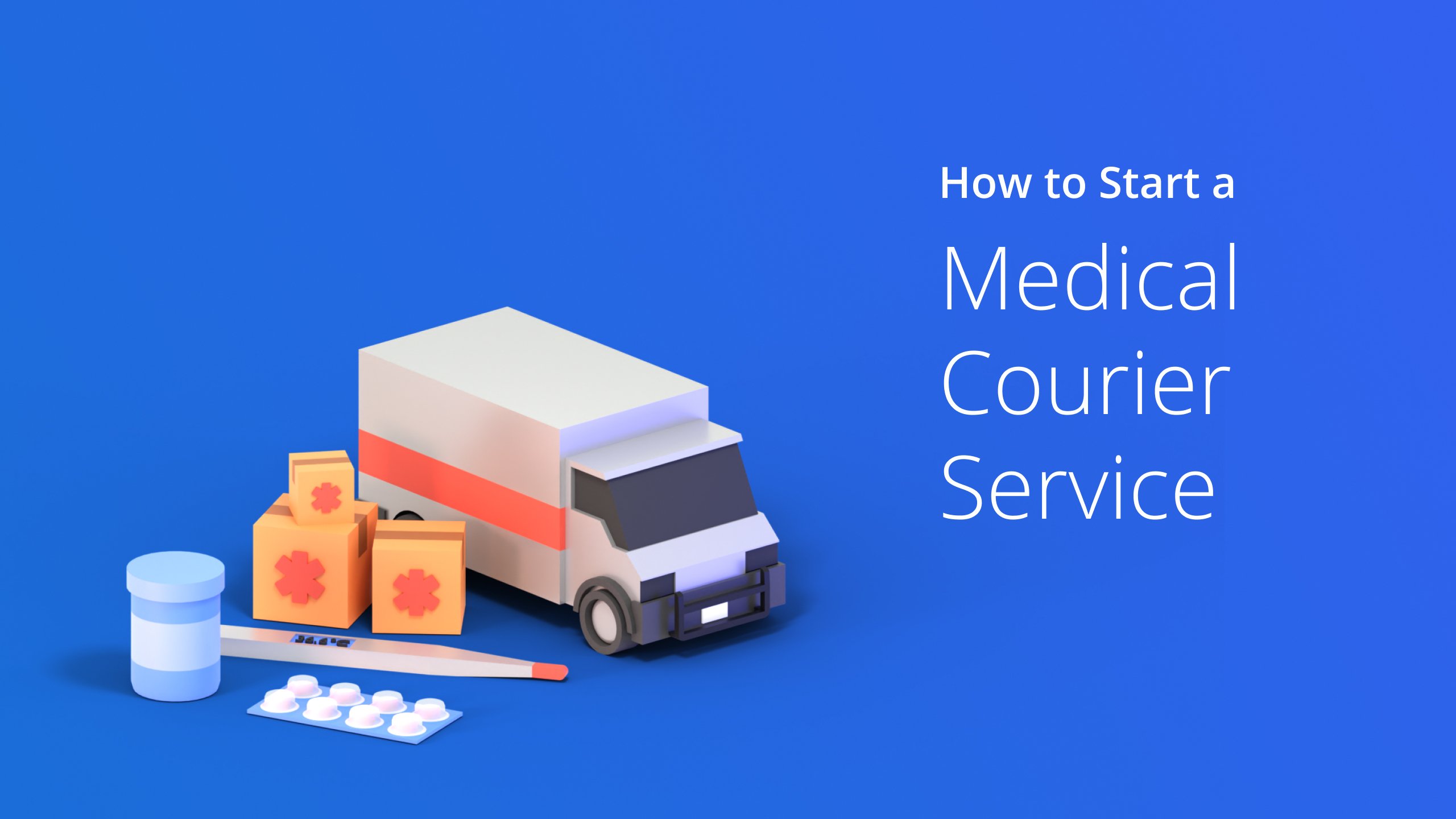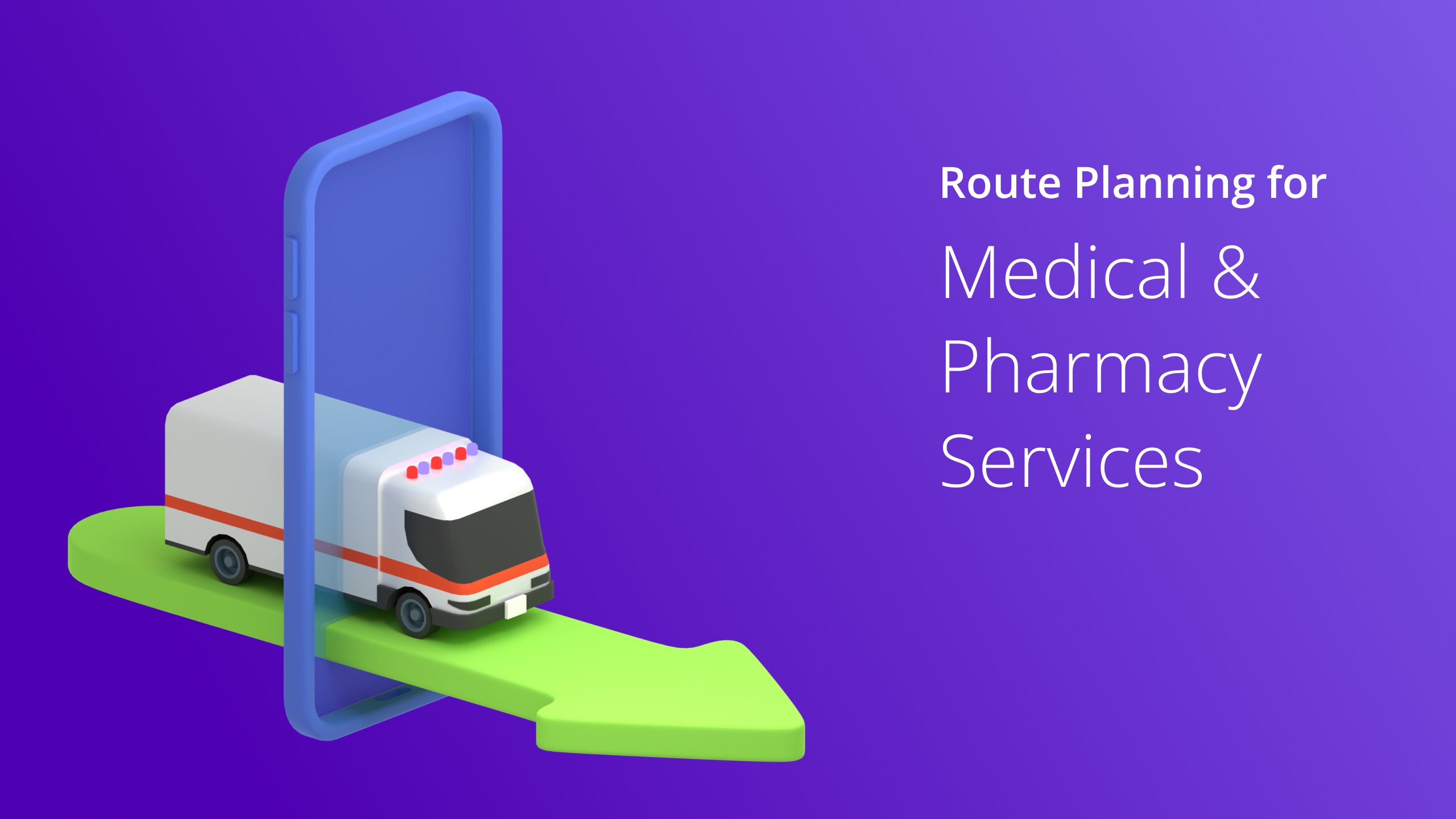A medical transportation business is an essential service for elderly and disabled patients. It provides reliable transportation to access health care services and routine appointments.
Due to the aging population, the demand for medical transport has also increased. By 2028, non-emergency medical transportation is expected to increase by over 40% worldwide.
If you’re wondering how to start a medical transportation business, read our in-depth guide to start your new venture.
Table of Contents
8 Steps To Start Your Medical Transportation Business
1. Create A Business Plan
Starting your own business is a daunting task that requires thorough planning. If you’re curious about how to start a medical transportation business, begin with a business plan.
A business plan serves as a roadmap to start, plan the future, and prepare entrepreneurs for possible constraints in the medical transport industry.
This document contains the service offerings, potential clients, financial planning, and marketing strategy necessary to ensure a successful business.
2. Identify Your Business’s Legal Structure
Choosing the correct business entity has pros and cons, as it dictates personal liability, taxes, and business registration requirements.
Thus, ensuring the legal status of a medical transportation business matters. Here are the business entities to choose from:
-
Limited Liability Company (LLC)
An LLC is a business structure permitted by state statute and may have varying regulations per state. It also offers limited liability protection, which means you’re not
solely responsible for the obligations and debts of your medical transportation business. If your business faces legal issues, you can protect your personal assets. To do so, you should file an LLC and pay the fee in your state. -
Partnership
A partnership is the ideal legal status for a medical transportation business that involves two or more owners. Under this structure, owners share equal losses and profits. Partners also have a joint liability on company lawsuits or debts.
On the other hand, the partnership does not require paperwork requirements and a yearly filing fee.
-
Corporation
A corporation is an entity that involves paperwork requirements and registration fees. This entity separates the owners from a medical transportation company. It provides limited liability, and the owners are called shareholders who take their profit through dividends.
The corporation offers better tax advantages than all other entities since the profits are transferable to shareholders.
In addition, double taxation applies to this structure as companies pay taxes, and shareholders pay taxes with their dividends.
-
Sole Proprietorship
The simplest of all entities is the sole proprietorship, with only one business owner. It is also the most accessible business type to start and maintain. However, this structure means that the sole owner is personally responsible for the obligations and debts that come with the medical transportation company.
Nevertheless, all the profit goes to the owner, and the taxes are payable through personal tax returns or business income.
3. Secure Licenses, Permits, & Insurance
After choosing the perfect entity, the next step is registering your business name and securing a business license.
Furthermore, medical transportation businesses should consider the importance of obtaining business insurance.
-
Licences & Permits
Depending on business location, the business licenses and permits a medical transportation company should secure vary per city, country, or state.
You can check the website of the Small Business Administration for more information on licensing.
With the varying rules per state and municipality, it is ideal to contact the Department of Motor Vehicles or the Department of Transportation.
At the very least, obtain CPR and first aid training.
-
Insurance Type
Here are the common types of insurance business owners should consider:
- General liability insurance: In case of personal injury or property damage, this insurance protects from third-party claims.
- Professional liability insurance: Under this policy, you’ll get protection if charged with professional negligence.
- Commercial auto insurance: NEMT businesses also need this policy to cover damages caused by their vehicles due in case of accidents.
- Worker’s compensation: This policy is necessary for employees of medical transportation companies if they become ill or injured.
4. Purchase Necessary Equipment
Next, purchase the necessary safety equipment to offer transportation services. Determine how many vehicles you need.
NEMT providers require a proper vehicle, specifically a wheelchair-accessible vehicle. For instance, wheelchair-accessible vans are a must for elderly and disabled patients.
Safety Features You Should Obtain
The NEMT vehicles should also include these features:
- ADA-compliant features, like a lift or wheelchair ramp
- Emergency light
- Fire extinguisher
- First-aid kit
- GPS tracking device
- Oxygen tanks
- Safety signage
- Stretchers
- Walkers
- Wheelchairs
- Other special equipment
5. Hire Employees
Although non-emergency medical transportation is involved in the healthcare industry, a NEMT business doesn’t require medical professionals.
Thus, non-emergency medical transportation companies can operate without the same certifications required for ambulance drivers or emergency medical technicians.
However, hiring employees with training and course certifications is ideal, so find the brightest experienced workers to provide reliable medical transportation services.
-
Drivers
They are responsible for providing medical transportation to passengers. Drivers pick up and drop off the passengers at their medical appointments.
Also, they assist passengers throughout the service and may sometimes perform vehicle maintenance.
When hiring, look for a valid driver’s license and a clean driving record. Don’t forget to conduct background checks to ensure the passenger’s safety.
-
General Manager
Hiring a general manager ensures smooth operation and safe and efficient services as your business grows.
They handle daily activities, including managing employees, scheduling, and vehicle maintenance.
-
Marketing Manager
Hiring a marketing manager can help a lot with startups. They develop marketing strategies and campaigns to give exposure to your NEMT business.
Aside from that, the marketing manager is responsible for building connections with institutions for referrals, including dialysis centers and nursing homes.
Having done that, reaching potential customers for your non-emergency medical transportation company is much easier.
-
Dispatcher
To ensure efficient field operations, you should hire a dispatcher who manages drivers’ schedules and coordinates the NEMT vehicles.
In addition, the dispatcher serves as a customer service representative. They are also responsible for answering the concerns and queries of field passengers.
-
Accountant
Lastly, hiring an accountant is a must to keep your business finances in order. They handle the billing and invoicing necessary to get records of sales.
Moreover, the accountant is responsible for employee payroll and tax preparation. Thus, get a separate bank account for your company.
6. Identify Services Offered & Pricing
Before you market your non-emergency medical transportation business, you should identify the medical transportation services to offer and the pricing.
Make a list of the services that cater to your target market’s needs, but note that the service price may differ per location and economic conditions.
Consider the customer’s health condition and age when pricing your prices and make it affordable as possible.
Additionally, you can offer package rates, referral discounts, and rewards for frequent customers.
7. Market Your Business
Once everything is settled, you can start marketing your non-emergency medical transportation business.
You can leverage social media to increase your exposure to prospective customers, such as a Facebook page.
Apart from that, having a website increases credibility and indicates your company is real. You can also create a listing or offer discounted services.
Remember, consistent and repetitive branding is the key to reaching more customers.
8. Optimize Routes & Driver Schedules
Since a NEMT company specializes in transportation, route optimization software like Route4Me can help improve operations and services.
It also helps with driver scheduling by providing the most efficient routes and ensuring work balance. Route4Me has a centralized system containing driver and client data.
It has a user-friendly interface, accurate geocoding, and arrival time. Most of all, Route4Me features real-time updates, making it easier to track drivers’ performances.
Frequently Asked Questions (FAQs) about Medical Transportation Businesses
How profitable is the medical transportation business?
How much is the start-up capital of a medical transportation business?
Is it hard to start a medical transportation business?
Want To See For Yourself How Route4Me Can Help You Start A Medical Transportation Business?

Key takeaways
Establishing a profitable senior transportation business or medical transport company is not easy and requires crucial planning to achieve good outcomes.
With our guide on how to start a medical transportation business, we hope you’ve learned the essential steps from securing licenses, insurance, and vehicles,
In addition, you need to manage your finance, pay utility bills and employees, and focus on great marketing strategies to enhance brand awareness.
We also recommend the truck routing app, Route4Trucks to boost operational efficiency and productivity as it offers optimized route and assist in driver scheduling.
Sign up with Route4Trucks today and get a Get Started.


